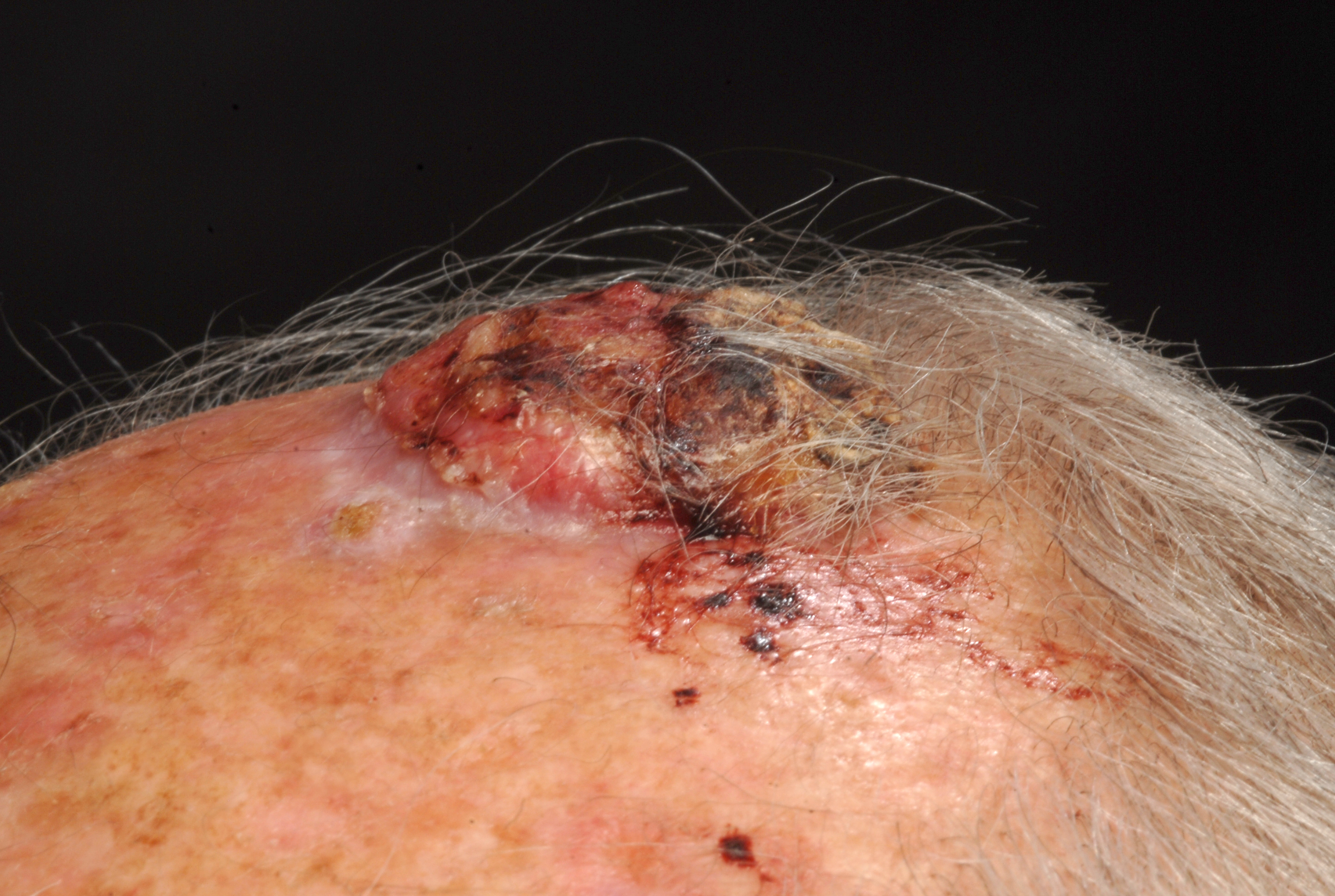Online course launched to beat construction-related occupational cancers
A new e-learning course designed to help the construction industry’s workforce to improve its understanding of occupational cancer risks and how to mitigate them has been launched.

With 40% of all deaths from occupational cancers arising within the construction industry, course developers the Considerate Constructors Scheme said the need to support the workforce in this area has never been so critical.
The main causes of occupational cancers in construction work are exposure to silica dust, asbestos, diesel exhaust emissions and UV radiation, with those working in construction:
- 100 times more likely to die from an occupational disease than a workplace accident (BOHS, 2016)
- 6 times more likely to develop skin cancer than the general population (HSE, 2018)
- Dying by cancers caused by silica dust – over 500 workers a year (HSE, 2005)
The ‘Occupational Cancers’ e-learning module is made freely available to the entire construction industry via the Scheme’s Best Practice Hub. It follows the successful series of e-learning courses on other cross-industry issues, including Air Pollution, Drugs and Alcohol and Mental Health.
The Scheme’s e-learning courses have received unprecedented engagement, with over 53,000 people working in construction taking the courses so far.
Edward Hardy, chief executive of the Considerate Constructors Scheme, said: “There is no doubt that the shocking number of deaths and long-term illnesses caused by significant exposure to carcinogens in the workplace needs greater attention by everyone. We must continue to improve our standards in how we raise awareness and understanding of the risks and how to take measures to, where possible eliminate them, or at the very least minimise them.
“We call on everyone across our industry to take the ‘Occupational Cancers’ course and to encourage colleagues, friends and family members to do the same.
“The Hub also features the ‘Spotlight on…occupational cancers’ campaign which provides excellent examples of best practice in tackling this issue provided by construction sites, companies and suppliers to the industry across the length and breadth of the UK and Ireland. We anticipate more examples of best practice being shared across the coming months in order to drastically reduce the impact of carcinogens on our workforce.”























